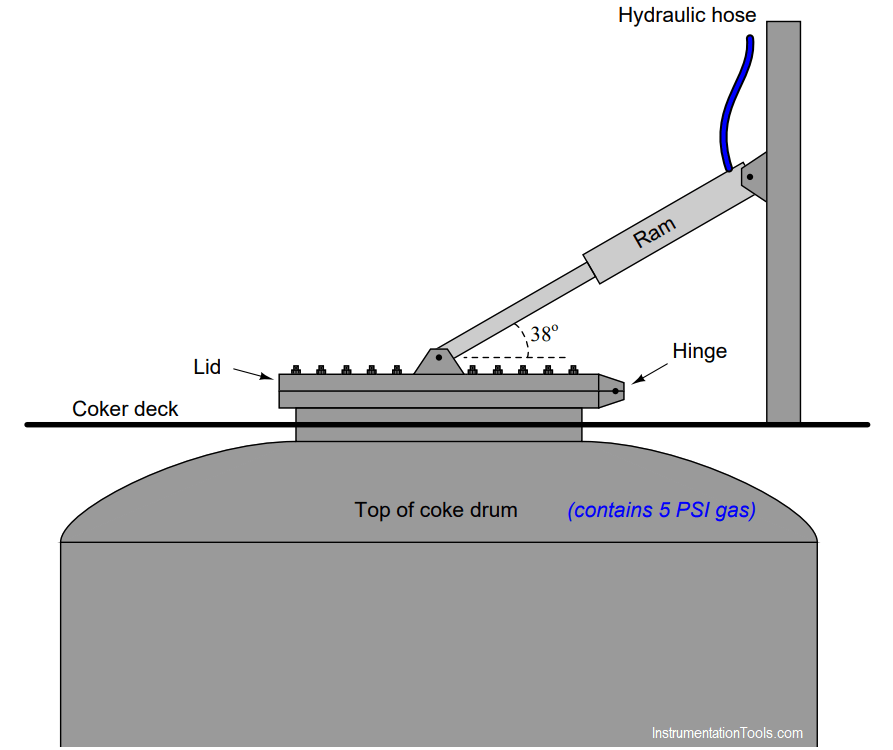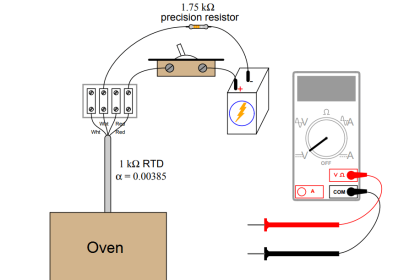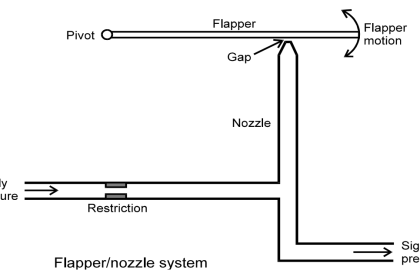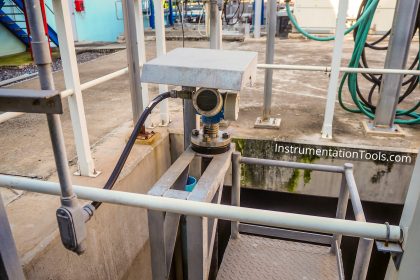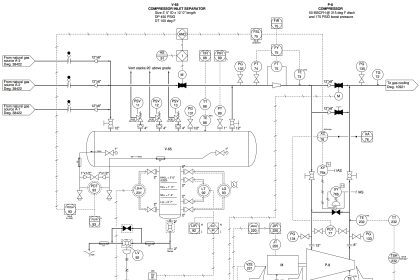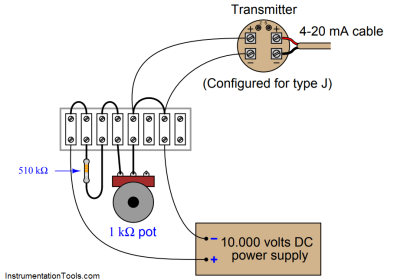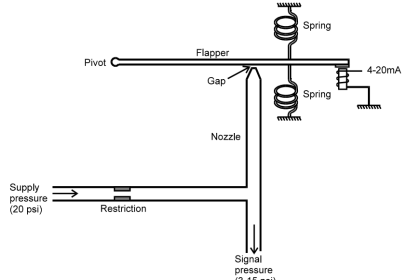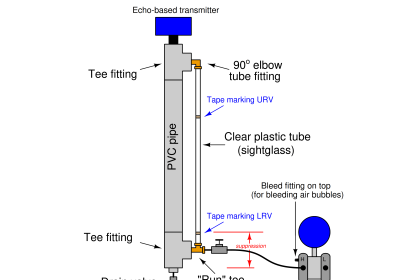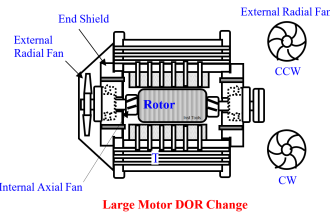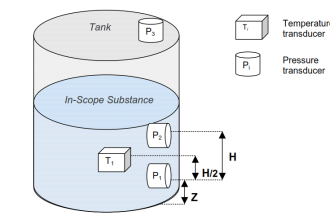A process called delayed coking is used in the oil refining industry to convert heavy oils and tars into higher-valued petroleum products. A process vessel called a coke drum has a removable lid held down by a series of bolts, and alternatively by a hydraulic ram.
When it comes time to open up the coke drum, the hydraulic ram is pressurized to maintain adequate force on the coke drum lid, the bolts are removed, and then the ram’s fluid pressure is reduced until the lid springs open from the force of the gas pressure inside the coke drum:
Calculate the hydraulic pressure necessary to hold down the lid on the coke drum when the gas pressure inside the drum is 5 PSI and all hold-down bolts have been removed from the lid. Assume a lid diameter of 30 inches, and a ram piston diameter of 4 inches.
Hint: sketch a right triangle, representing forces as side lengths on the triangle – the ram’s diagonal force will translate into both a horizontal force on the lid (which you may ignore) and a vertical force on the lid (which is what we’re interested in here).
Hydraulic P = __________ PSI
Solution:
With a piston diameter of 4 inches, a hydraulic pressure of 456.83 PSI is necessary to generate 5740.6 pounds.
This is a minimum pressure, for safety reasons.
More than 456.83 PSI won’t do any harm, but less than this amount will fail to hold down the lid!
More Questions:
1. Which direction will the horizontal force component be exerted on the lid?
2. Identify the potential hazards of a hydraulic oil leak in this system. Compare the effects of a slow leak (e.g. a leaky fitting connecting the hose to the ram) versus a catastrophic leak (e.g. the hose bursting from excess pressure).
Read Next:
- Hydraulic Load Cell Principle
- Drum Level Control System
- Speed of Actuators
- Fluid Power Systems
- What is a Condensate Pot?
Credits: Tony R. Kuphaldt
